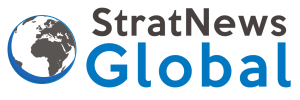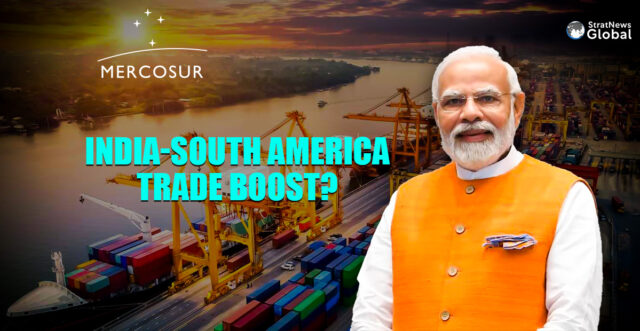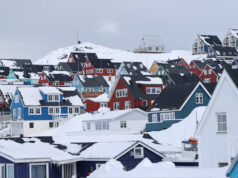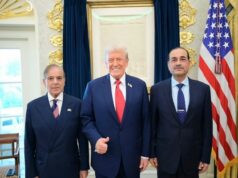With Brazil taking over the presidency of MERCOSUR this month, India is intensifying its efforts to expand the scope of its Preferential Trade Agreement (PTA) with the South American trade bloc. The issue is expected to feature prominently during Prime Minister Narendra Modi’s upcoming bilateral talks with Brazilian President Luiz Inácio Lula da Silva.
“This is a concrete opportunity,” said Kenneth da Nobrega, Ambassador of Brazil to India. He highlighted the importance of a results-oriented, ‘early harvest’ approach to trade expansion. “Rather than aiming for an all-encompassing deal, focusing on achievable, incremental targets could help unlock agreements that have long been pending,” he suggested.
Officials highlighted the political significance of Prime Minister Modi’s visit to Argentina—preceding the BRICS Summit—as an important signal of momentum.
India Seeks Wider Product Coverage
India’s current PTA with MERCOSUR, operational since 2009, covers tariff concessions on 450 Indian and 452 MERCOSUR tariff lines. These concessions range between 10% and 100%, but both sides have expressed interest in significantly expanding the scope of the agreement.
“We have a serious interest in expanding the range of products covered by the PTA,” said P. Kumaran, Secretary (East), Ministry of External Affairs. “But before we do that, a consensus must be built among the members of MERCOSUR. We are engaging with all partners to align on terms of reference and determine how best to take the expansion forward.”
According to Kumaran, recent discussions during the visit of the President of Paraguay also reaffirmed mutual interest in strengthening trade under the existing framework. “We will explore holding technical talks on the India-MERCOSUR PTA to enhance market access and boost both bilateral and inter-regional trade,” he added.
Current proposals suggest expanding the number of products enjoying preferential tariff rates from around 450 to between 1,500 and 2,000, potentially transforming the scale of bilateral trade.
Strategic Value For Both Sides
MERCOSUR includes Argentina, Brazil, Paraguay and Uruguay, with several associate members such as Ecuador, Colombia and Peru. While India’s trade with Latin America and the Caribbean (LAC) has grown steadily over the past two decades, the country’s commercial ties with MERCOSUR have remained relatively modest in scope.
India is aiming to push overall trade with the LAC region to $100 billion. Strengthening ties with MERCOSUR will be critical to achieving that target. As of now, India primarily exports manufactured goods, including motor vehicles, pharmaceuticals and organic chemicals, to the region. It imports agricultural and extractive commodities such as petroleum, vegetable oils and precious stones.
Challenges Remain: MERCOSUR-EU FTA Stalled
Despite its ambitions, MERCOSUR itself is grappling with delays in concluding a Free Trade Agreement (FTA) with the European Union, which has been under negotiation since 1999. Though a political agreement was reached in 2019, the deal remains stalled due to disagreements over environmental standards and agricultural market access.
Nevertheless, India remains optimistic. The ongoing MERCOSUR-EU discussions could offer lessons in navigating complex multilateral trade frameworks, while also reinforcing the need for pragmatic, step-by-step agreements.





